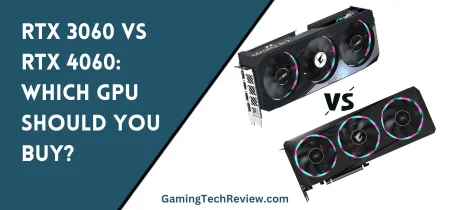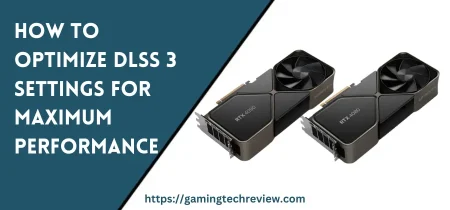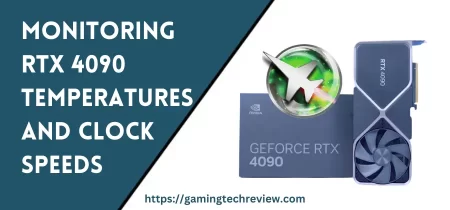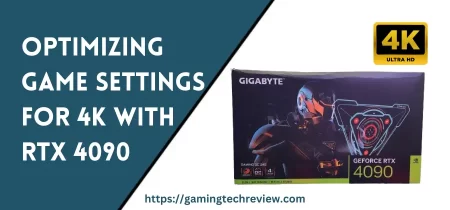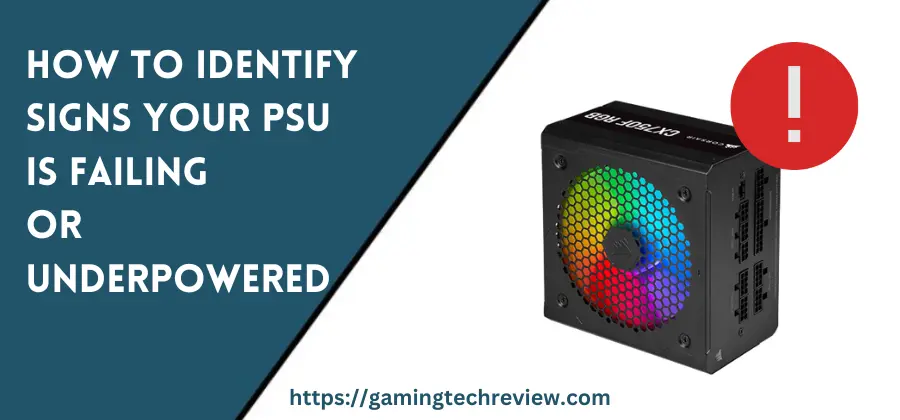
Your computer’s power supply unit (PSU) is a crucial component, converting the AC power from your wall outlet into stable, usable DC power for your PC’s components. An inadequate or failing PSU can wreak havoc, causing crashes, corrupt files, and even permanent damage. Recognizing the warning signs of PSU problems early is critical to avoiding larger issues down the road.
This comprehensive guide will cover how to thoroughly test, evaluate, and replace a suspect PSU. We’ll also discuss how to select an ideal replacement PSU to meet your computer’s needs. A high-quality PSU with sufficient clean power is essential for system stability, performance, and longevity.
What Does a PSU Do?
To understand PSU failures, you first need to know what a PSU does. Inside every PC power supply is a complex array of circuitry designed to:
- Convert the high-voltage alternating current (AC) from your wall outlet into various direct current (DC) voltages.
- Steadily deliver power across multiple voltage rails to feed different PC components.
- Regulate voltages precisely to maintain stability as power draw fluctuates.
- Smooth out ripple and noise on the outputs.
- Run safely, reliably, and efficiently for years of continuous use.
The PSU contains a voltage rectifier to convert AC into DC, along with other stages to filter, regulate, and split the DC power into the main voltage rails needed by computer components:
- +12V rail – The primary 12-volt rail powers the CPU, GPU, hard drives, fans, and most other demanding components.
- +5V rail – The 5V rail runs USB ports, SSDs, and many peripherals.
- +3.3V rail – Memory, integrated peripherals, and control boards use the 3.3V rail.
Modern PSUs use high-efficiency switched mode designs with tight voltage regulation. This minimizes power loss as heat while maintaining rock-solid, clean DC outputs free of ripple or fluctuation. Good voltage regulation is essential for proper operation and stability.
Signs of a Failing PSU
PSUs contain many components that slowly degrade over time. Electrolytic capacitors dry out, fans accumulate bearing wear, and electrical efficiency declines. Eventually these effects lead to characteristic failure symptoms. Watch for these warning signs:
Random Crashes or Blue Screens
As a PSU ages, voltage regulation and ripple suppression steadily gets worse. This makes power delivery more unstable and prone to spikes and droops when components suddenly draw more current. If the voltage fluctuates too far outside specifications, your PC components will become unstable and crash, freeze, or blue screen. Random crashes and reboots frequently point to looming PSU failure.
Odd Noises from PSU
Listen closely to your computer during operation. Any odd new sounds coming from the PSU like humming, grinding, screeching, or repetitive clicking likely indicate a hardware problem. Common culprits include worn-out fan bearings, faulty coils, loose internal components that vibrate, and arcing from breakdown of insulation. These noises signal it’s time to replace the PSU.
Excessive Heat and Fan Speed
Feel along the PSU housing after your computer has been running for a while, avoiding any vent holes. It should be warm but not uncomfortable to touch for long. Excessive heat often accompanies aging PSUs as efficiency drops off. Insufficient cooling or failing fans can also cause overheating. High temperatures accelerate capacitors drying out and other age-related failures.
Burning Smell
Strong odors of burning plastic, smoke, or chemicals originating from your PSU point to extreme overheating likely causing component damage. This means the PSU is on the brink of failure and the PC should be immediately powered down. Replace the PSU promptly in this situation before it damages other hardware or becomes a potential fire hazard.
Visible Damage Inside PSU
Open up the PSU case and inspect for any signs of physical damage:
- Leaking or bulging electrolytic capacitors
- Burnt, cracked, or broken components
- Melted, blackened, or frayed internal cables
- Excessive dust/grime buildup on circuits
Damage like this often occurs slowly over years of heat and vibration. Any evidence of extensive physical damage inside a PSU confirms it should be replaced.
Age Over 3-5 Years
As a general guideline, even normally operating PSUs should be proactively replaced every 3-5 years. PSU components simply wear out over time – capacitors dry up, fans accumulate bearing wear, and efficiency declines. An old PSU has a much higher chance of unexpected failure. Replace aging PSUs as a preventive measure to avoid damaging connected components later on.
See Also: How to Troubleshoot Your RTX 3060 If Experiencing Crashes or Shutdowns
Signs of an Underpowered PSU
Insufficient PSU wattage capacity can also cause problems. Here are signs your PC’s power demands are exceeding the PSU’s capabilities:
- System Won’t Turn On – If the PSU is severely underpowered, the system may not boot at all. Upgrade the PSU wattage capacity.
- Random Crashes or Reboots – An underpowered PSU can run fine at idle but destabilize under heavy loads. Increase PSU capacity or reduce power draw.
- Voltage Drops – Monitoring software may show voltages dipping below specification when power draw peaks.
- Overheated PSU – High temperatures indicate an overloaded, straining PSU. Check for very hot operation.
- Loud Coil Whine – Buzzing or squealing noises point to an overloaded PSU trying to cope.
- Slow Component Performance – Some hardware automatically downclocks to protect itself when voltages drop too low.
Aim to size your PSU with at least 100-150W of extra capacity above your PC’s peak estimated power requirements. This prevents overload and allows room for future expansion.
Thoroughly Testing a Suspect PSU
If you suspect your PSU is failing, use these tips to thoroughly evaluate it before replacement:
- Calculate total system power draw – Add up your components’ rated wattages to make sure your total PSU capacity isn’t undersized.
- Check voltages with software – Monitor the +12V and +5V rails at idle and under maximum load. Voltages should stay within ~10% of specifications.
- Swap with known good PSU – Replace the suspect PSU with a confirmed working unit to isolate problems.
- Use a PSU tester – These devices place a simulated load on PSU outputs to test voltage regulation and ripple.
- Check for excessive ripple – Use an oscilloscope to check DC outputs for problematic AC ripple.
- Listen closely for abnormal noises – Manually engage any PSU and listen for odd sounds like grinding or whining.
- Inspect for overheating issues – Check for excessive heat, insufficient fan speeds, or obstructed internal airflow.
Thorough testing can confirm PSU issues before replacing and eliminate other potential causes like defective hardware components.
Choosing a Replacement PSU
Once testing proves your current PSU needs replacing, it’s time to pick a new model. Seek out these characteristics:
- Sufficient wattage – Choose a PSU with at least 100-150W extra capacity above your components’ peak consumption.
- High-efficiency rating – Look for 80 Plus Gold or better to save on electricity costs and heat output.
- Durable capacitors – Japanese capacitors, like those from reputable makers such as Nippon Chemi-Con, offer the greatest longevity.
- Single +12V rail design – Multiple +12V rails can limit maximum GPU/CPU power delivery. A single powerful +12V rail is generally preferable.
- 10+ year warranty – A long warranty demonstrates confidence in longevity and resistance to wear.
- Fully modular cabling – This makes swapping cables and cable management much simpler.
- High-quality internal components – Premium parts improve stability and extend service life.
- Quiet fans – Look for large, fluid dynamic bearing fans that run quietly even under load.
It’s worth investing in a top-tier PSU from trusted brands like Seasonic, EVGA, Corsair, SeaSonic or Fractal Design. The highest quality internal components will provide clean, stable power and last through years of duty. Also register any warranty coverage for your new PSU right away.
Safe PSU Replacement Steps
When swapping in a new PSU, follow these safe practices:
- Discharge any built-up static electricity before handling components. Use an anti-static wrist strap if available.
- Carefully remove all cables from the old PSU first. Take photos of connections to make reassembly easier.
- Secure the new PSU tightly with provided case screws to prevent vibration issues.
- Refer to your photos and system manual when reconnecting the new PSU. Avoid mixing up positions.
- Keep cables tidy with zip ties or velcro straps. Proper cable management improves airflow.
- Confirm the power switch, GPU, fans and other components power up normally when first booting up the system.
Your PC components require high-quality power for optimal stability, performance, and longevity. Investing in robust, efficient PSU minimizes chances of damaging instability or failures down the road. Pay close attention to warning signs like crashes, noises or temperature issues and thoroughly test suspect PSUs. With a properly selected and installed PSU, your PC can run smoothly for years to come.






